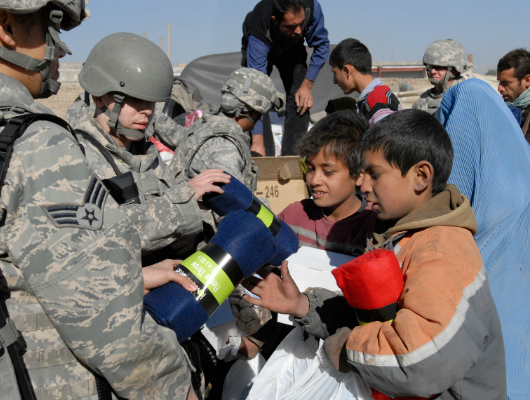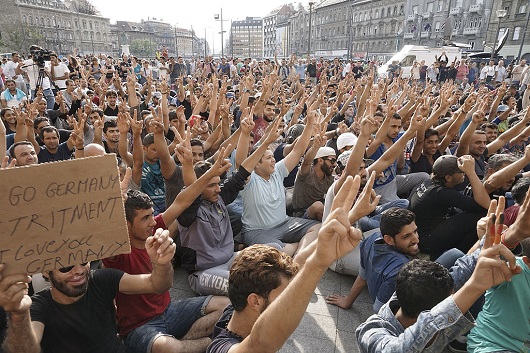
Although a small country, Luxembourg has become more independent with its resources in recent years. One of the most successful aspects of the nation is its education system. According to the Organization for Economic Co-operation and Development program (OECD), the quality of education in Luxembourg surpasses many other nations.
According to reports made in 2011, 77% of people in Luxembourg have at least an upper secondary education. This is equivalent to a high school education. The number exceeds the OECD average of only 75%. The younger generation is excelling even further, with 83% of 25-34 year-olds having completed a high school education.
Teachers are well-paid. Teachers in Luxembourg earn the highest out of all the countries that are a part of the OECD. Their starting salary is an average of 73,700 euros. More experienced teachers earn an average of 128,200 euros. Compared to the United States’ teachers’ starting salary of 43,324 dollars and maximum salary of 66,054 dollars, the salaries in Luxembourg are considerably higher. Teachers in Luxembourg are also young; half of primary and secondary school teachers are under the age of 40.
Education in Luxembourg is trilingual. The languages that are mandatory are Luxembourgish, German and French. Students first learn Luxembourgish and then in primary schools, they learn German as a second language. When students advance to secondary education, they learn French. English is also an option as well if students choose to learn it. As a result, students in Luxembourg learn more languages than other students around the world.
Before the University of Luxembourg was founded in 2003, there were no four-year universities in the country. Students who wanted to go to a university had to travel abroad to do so. Although the University of Luxembourg is fairly small, 55% of students are international and the university offers multilingual courses.
The educational system in Luxembourg is one of the most successful in the world, and for good reason. With well-paid teachers and multiple languages incorporated into the curriculum, there is a high standard for success.
– Emma Majewski
Photo: Flickr
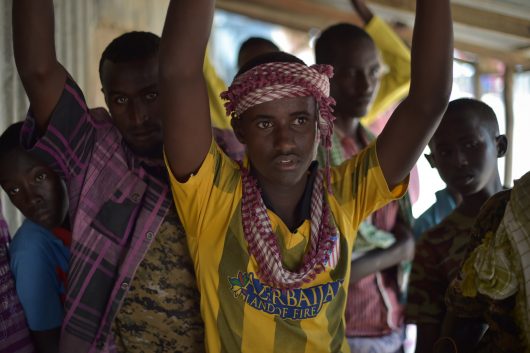
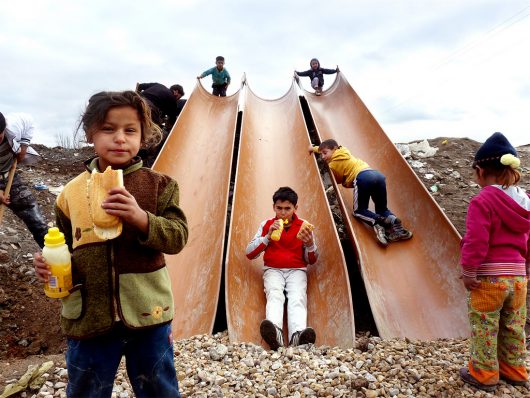
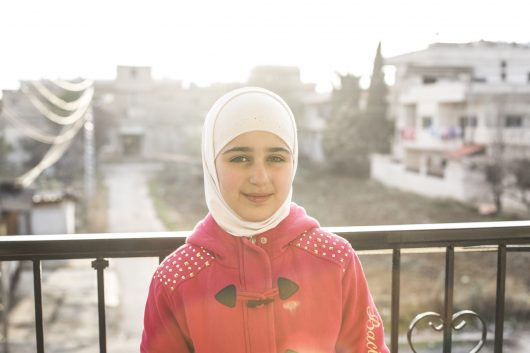 German chancellor Angela Merkel has made refugees in
German chancellor Angela Merkel has made refugees in 
